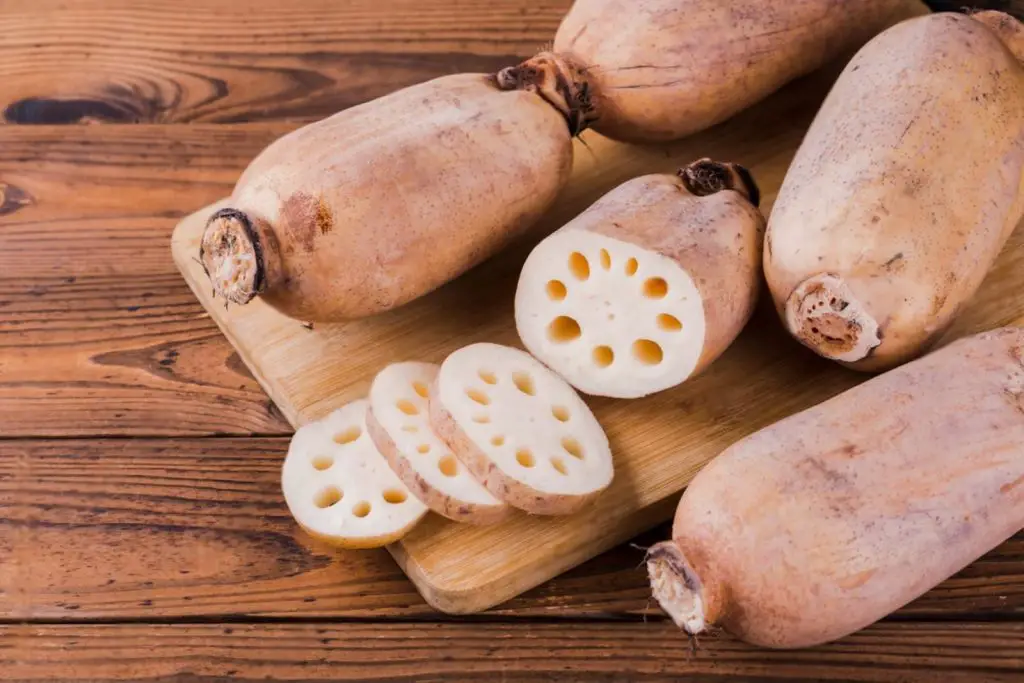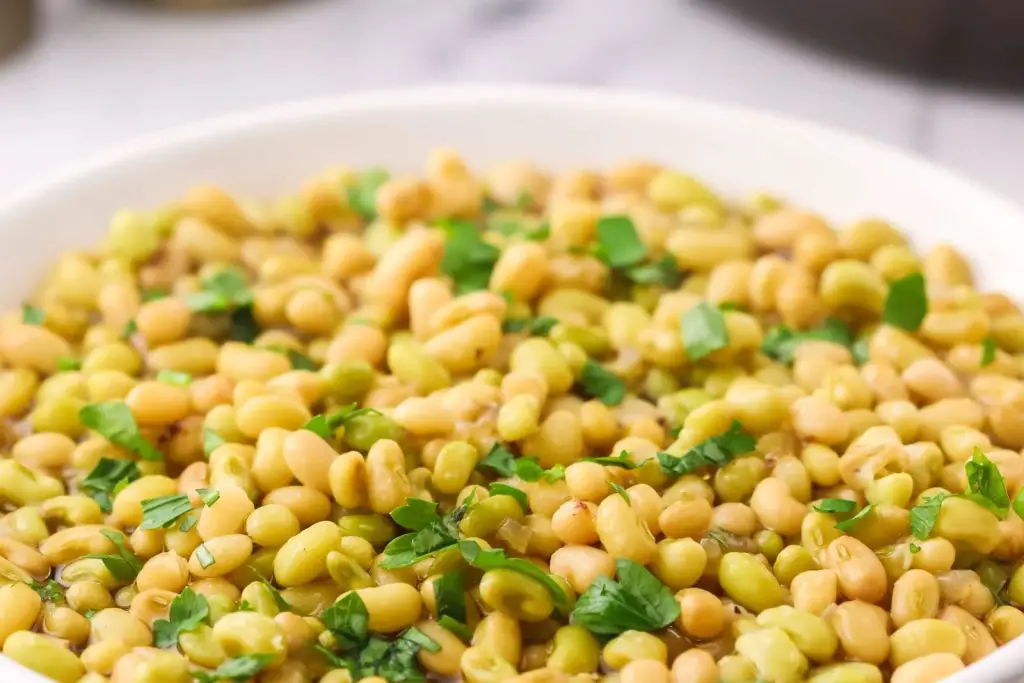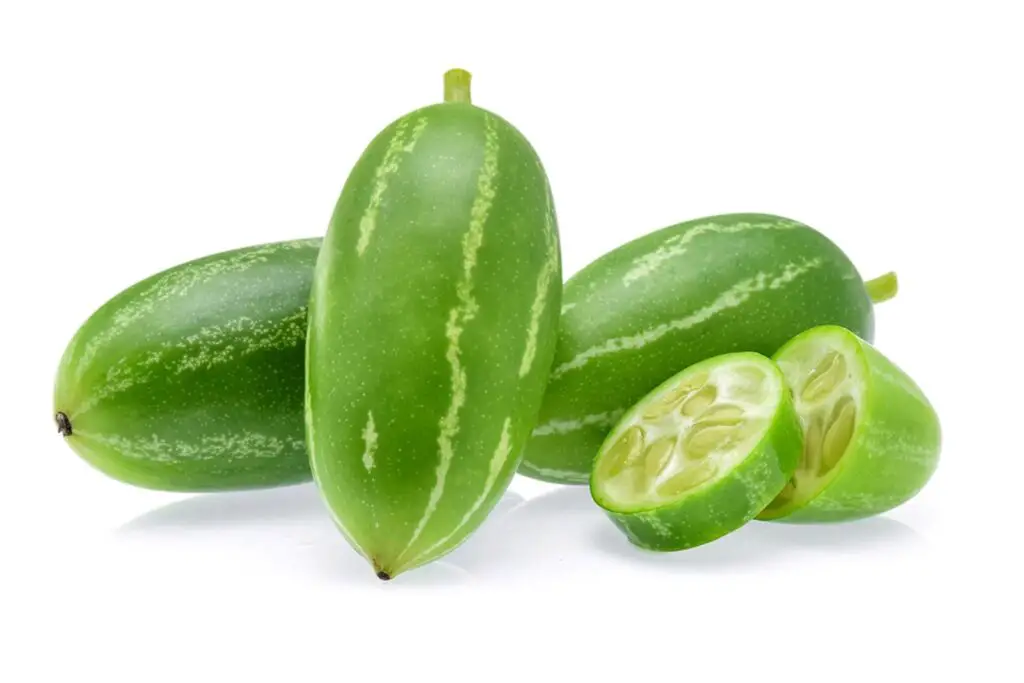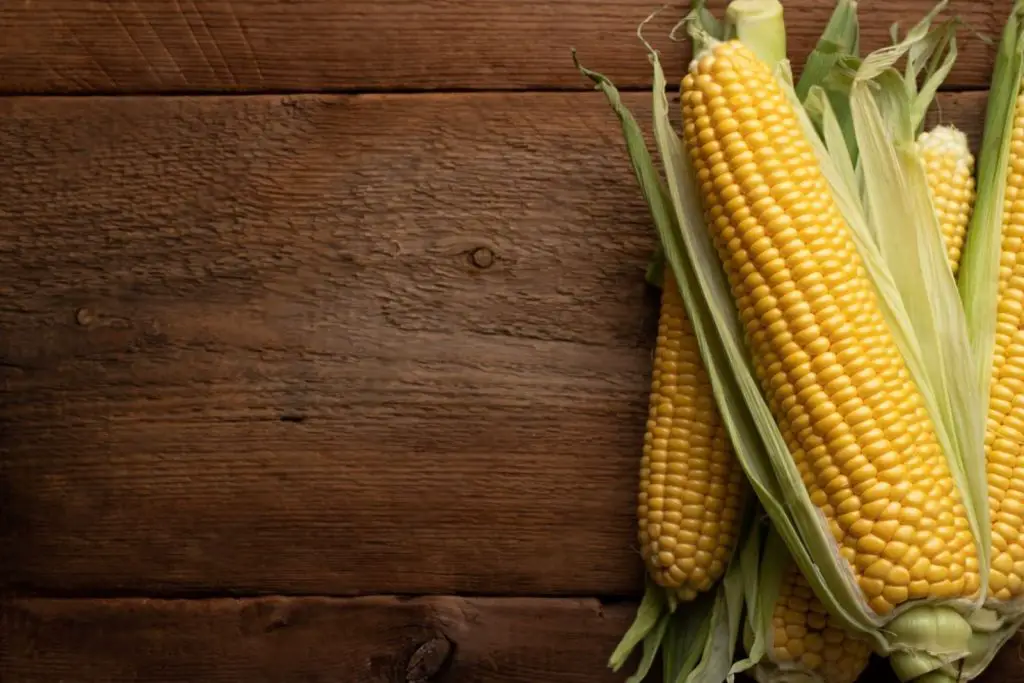
Brinjal, also known as eggplant or aubergine, is a versatile and flavorful vegetable that is cherished in various cuisines around the world. Brinjal boasts a smooth, glossy skin and a rich, meaty flesh that lends itself to a wide array of dishes. Whether you’re grilling it for a smoky and charred flavor, roasting it to bring out its natural sweetness, or using it as a key ingredient in curries, stews, or dips, brinjal offers a unique and satisfying culinary experience. However, if you find yourself with an abundance of brinjal or want to preserve it for future use, freezing is a practical option. Freezing brinjal not only helps retain its flavor and texture but also allows you to enjoy this versatile vegetable at your convenience. In this guide, we’ll explore the process of freezing brinjal, providing you with helpful tips and techniques to ensure the best results. So whether you have a bumper harvest from your garden or simply want to stock up on brinjal when it’s in season, freezing brinjal is a great way to extend its shelf life and enjoy its deliciousness throughout the year.
Here are the simple steps to freeze brinjal:
Step 1: Select the Right Brinjals
When it comes to freezing brinjals, the first step is to choose the right ones for optimal results. Here’s a detailed explanation of why selecting the appropriate brinjals is crucial:
- Opt for firm, ripe brinjals: Look for brinjals that are firm to the touch. They should feel slightly heavy and have a consistent texture throughout. Ripe brinjals tend to freeze better and retain their flavor and texture after thawing.
- Check for blemishes, bruises, and signs of decay: Inspect the brinjals carefully and avoid selecting any with visible blemishes, bruises, or signs of decay. These imperfections can affect the quality of the brinjals and result in undesirable changes during the freezing process.
- Observe the skin condition: The skin of the brinjals should be smooth and shiny, indicating freshness. Avoid brinjals with wrinkled or dull skin, as they may not freeze well or may have already started to deteriorate.
- Avoid overly mature or soft brinjals: Brinjals that are overly mature or soft tend to have more seeds and a higher moisture content. When frozen, they can turn mushy and lose their desirable texture. It is best to choose brinjals that are slightly firm but not too hard.
- Select smaller to medium-sized brinjals: While brinjals come in various sizes, it is advisable to opt for smaller to medium-sized ones for freezing. Larger brinjals may have more seeds and a denser flesh, which can affect their freezing and thawing consistency. Smaller brinjals freeze more evenly and are easier to handle when it’s time to cook with them.
By selecting brinjals you can ensure the right brinjals that are in their prime condition for freezing. This step sets the foundation for preserving the quality of the brinjals and ultimately leads to delicious and satisfying culinary experiences when you use them later.
Step 2: Prepare Brinjals to Freeze
Proper preparation of brinjals before freezing is vital to maintain their quality and ensure satisfactory results. Here’s an explanation of each aspect involved in preparing brinjals for freezing:
- Washing the brinjals: Begin by washing the brinjals under cold running water to remove any dirt, debris, or surface contaminants. Gently rub the brinjals with your hands to ensure thorough cleaning. This step helps eliminate any potential contaminants that could affect the quality of the frozen brinjals.
- Trim off the stem: Once the brinjals are clean, trim off the stem portion using a sharp knife. Discard the stems as they are not typically used in cooking. Removing the stems facilitates even slicing or dicing of the brinjals and makes them more manageable during the freezing process.
- Slice or dice the brinjals: Depending on your preferred cooking method or recipe requirements, slice or dice the brinjals accordingly. You can cut them into uniform slices or cube them to your desired size. Consistent cutting ensures that the brinjals freeze evenly and thaw uniformly when you use them later.
- Blanching (optional): If you plan to use the brinjals in specific recipes after thawing, consider blanching them briefly before freezing. Blanching involves placing the brinjal pieces in boiling water for a couple of minutes and then transferring them to ice water to rapidly cool them down. Blanching helps retain the color, texture, and nutritional value of the brinjals during freezing. It also helps to preserve their firmness and prevent enzymatic reactions that may result in flavor and texture changes.
Preparing brinjals for freezing involves washing them thoroughly, removing the stems, and cutting them into desired slices or cubes. Optionally, blanching the brinjal pieces can be beneficial if you intend to use them in specific recipes. This preparation step ensures that the brinjals are ready for freezing, maintaining their quality and facilitating convenient usage when thawed.
Step 3: Pack Brinjals to Freeze
Proper packaging is essential for preserving the quality and preventing freezer burn when freezing brinjals. Here’s an explanation of the steps involved in packaging brinjals for optimal results:
- Choose airtight containers or freezer bags: Select airtight containers or specifically designed freezer bags for packaging the brinjals. These containers or bags help prevent air exposure and moisture loss, which can lead to freezer burn and degradation of quality. Ensure that the containers or bags are clean and dry before use to maintain hygiene and prevent any contamination.
- Place brinjal slices or cubes in a single layer: Arrange the prepared brinjal slices or cubes in a single layer inside the containers or bags. This allows for even freezing and prevents the pieces from sticking together. If you have a large quantity of brinjal pieces, it is recommended to divide them into smaller portions and package them separately. This way, you can thaw only the amount needed for each use, minimizing waste.
- Leave space for expansion: Brinjals contain water, which expands when frozen. Leave some space at the top of the containers or bags to allow for expansion during freezing. This precaution prevents the containers from cracking or bursting and maintains the integrity of the packaging.
- Flash freezing (optional): Alternatively, you can opt for flash freezing individual brinjal pieces before transferring them to containers. To flash freeze, spread the brinjal pieces in a single layer on a baking sheet or tray and place them in the freezer until they are partially frozen. Once partially frozen, transfer the pieces to the containers or bags. Flash freezing helps maintain the shape and texture of individual pieces and prevents them from clumping together.
- Label the containers: It’s important to label the containers or bags with the date of freezing. This allows you to keep track of the freshness and ensures that you use the oldest brinjals first. Use a permanent marker or labels to write the date clearly on each container or bag.
By doing these packaging guidelines, you can preserve the quality and freshness of the brinjals during freezing. Proper packaging prevents freezer burn, maintains the individual pieces’ integrity, and facilitates easy retrieval of the desired amount when needed.
Step 4: Freeze and Store Brinjals
After properly packaging the brinjals, the next step is to freeze them. Here’s an explanation of the freezing and storing process for brinjals:
- Place containers or bags in the coldest part of the freezer: Put the sealed containers or freezer bags in the coldest part of your freezer. Ideally, set the temperature to 0°F (-18°C) or below. The colder the temperature, the better the quality and longevity of the frozen brinjals. Make sure not to place the containers or bags near the freezer door, as they may be exposed to temperature fluctuations when the door is frequently opened.
- Avoid overcrowding the freezer: Ensure that you don’t overcrowd the freezer with too many items. Overcrowding can hinder proper air circulation, resulting in uneven freezing and potential temperature fluctuations. Leave enough space between the brinjal packages to allow cold air to circulate freely, promoting consistent freezing.
- Recommended storage duration: Frozen brinjals can generally be stored for 6 to 8 months without significant loss of quality. However, for the best taste and texture, it is advisable to use them within 3 to 4 months. Over time, the quality may gradually decline due to possible freezer burn or flavor changes. It’s a good practice to label the containers or bags with the freezing date so that you can keep track of their storage duration.
By freezing the brinjals effectively and ensuring their long-term storage. Proper freezing and storage conditions maintain the quality, taste, and texture of the brinjals, allowing you to enjoy them in various recipes even after an extended period. Remember to prioritize using the frozen brinjals within the recommended timeframe for the best culinary experience.
Step 5: Thaw the Frozen Brinjals
Thawing frozen brinjals correctly is essential to preserve their taste, texture, and overall quality. Here’s an explanation of the recommended method for thawing and using frozen brinjals:
- Transfer to the refrigerator: When you’re ready to use the frozen brinjals, take the desired quantity from the freezer and transfer them to the refrigerator. Place them in a covered container or on a plate to prevent any potential drips or cross-contamination. Thawing brinjals in the refrigerator is the best method as it allows for a slow and controlled thawing process.
- Thaw overnight: Allow the brinjals to thaw in the refrigerator overnight. This gradual thawing process helps retain the moisture and flavor of the brinjals. It ensures that they thaw evenly and minimizes any loss of texture or taste. Thawing overnight also reduces the risk of bacterial growth compared to thawing at room temperature.
- Avoid room temperature thawing or microwave: It is important to avoid thawing frozen brinjals at room temperature or using a microwave. Thawing at room temperature can lead to uneven thawing, and the outer layers may become mushy before the center is fully thawed. Microwaving can result in uneven cooking and may cause the brinjals to become soft or watery.
- Prompt usage: Once the brinjals are thawed, it is recommended to use them promptly in your favorite recipes. Incorporate them into dishes such as curries, stews, stir-fries, or even grilled dishes to make the most of their delicious flavor. Thawed brinjals should be treated like fresh ones and cooked according to your preferred recipe, allowing them to infuse your dishes with their unique taste and texture.
By going through these thawing guidelines, you can ensure that the frozen brinjals thaw properly and retain their desired qualities. Thawing in the refrigerator overnight allows for a controlled and gradual thawing process, resulting in brinjals that are ready to be cooked to perfection. Enjoy the convenience of having frozen brinjals on hand for a variety of culinary creations.
Other related questions
Can you refreeze brinjal?
No, it is generally not recommended to refreeze brinjal once it has been thawed. Refreezing can lead to a loss of quality, texture, and flavor. It is best to thaw only the amount of brinjal needed for immediate use to ensure optimal taste and freshness.
How do I know if the brinjal has gone bad after being frozen?
After being frozen, you can assess the quality of brinjal by observing its appearance, texture, and odor. Look for any signs of freezer burn, such as discoloration, drying, or frost accumulation. If the brinjal appears mushy, discolored, or has an off-putting odor, it may have gone bad. Trust your senses and discard any frozen brinjal that shows signs of spoilage to ensure food safety.
What are some popular recipes using frozen brinjal?
Frozen brinjal can be used in a variety of delicious recipes. One popular dish is Baingan Bharta, a flavorful Indian eggplant curry. Another option is to use frozen brinjal in stir-fries or curries like Thai Basil Eggplant. Additionally, you can grill or roast the thawed brinjal slices and use them in sandwiches, wraps, or as a side dish.
Is it possible to freeze stuffed brinjals?
Yes, it is possible to freeze stuffed brinjals. However, it is important to note that the texture of the brinjal may change slightly after freezing and thawing. To freeze stuffed brinjals, prepare the recipe as usual, stuff the brinjals, and then follow the freezing and packaging guidelines for freezing brinjals. When ready to use, thaw the stuffed brinjals in the refrigerator and cook them according to the recipe instructions for the best results.
Can I freeze brinjal curry or dishes with sauces?
Yes, you can freeze brinjal curry or dishes with sauces. However, it’s important to consider the ingredients and consistency of the curry or sauce. Cream-based or dairy-rich curries may undergo texture changes when frozen and thawed, so it’s best to avoid freezing them. For tomato-based or other sauce-based brinjal dishes, cool them completely before transferring to airtight containers or freezer bags. Thaw in the refrigerator and reheat gently on the stovetop for optimal taste and texture.








